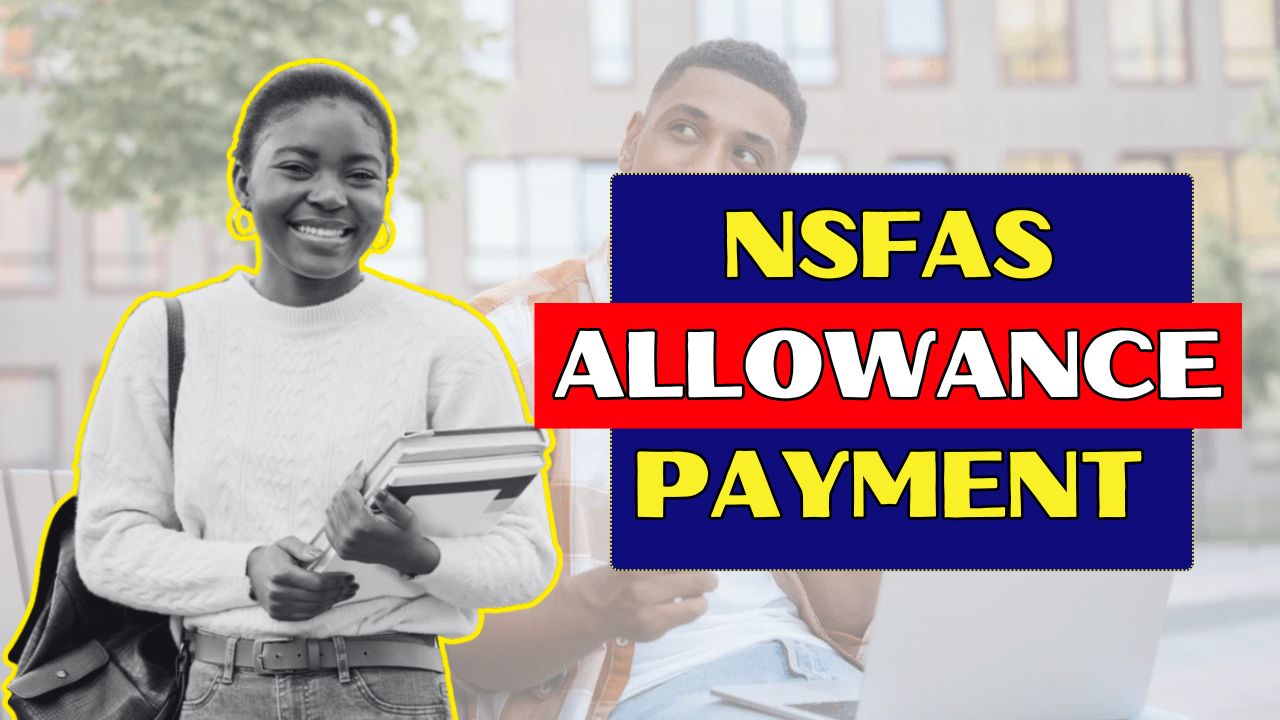The National Student Financial Aid Scheme (NSFAS) continues to play a vital role in supporting thousands of South African students each year. With 2025 already underway, understanding the updated NSFAS allowance payment dates and processes is crucial for students relying on this financial lifeline.
From upfront payments to monthly disbursements, this article unpacks everything you need to know to ensure you’re fully prepared and don’t miss a cent.
NSFAS Payment Timeline for 2025
NSFAS has released a detailed payment calendar for the 2025 academic year, covering both university and TVET college students.
For university students, the year began with upfront payments disbursed in January and March. These were followed by a regular monthly payment structure starting at the end of March and continuing through to November. Students can expect their funds to be released at the end of each month, ensuring consistent support for living expenses, books, and accommodation.
TVET college students also receive structured payments, but with a different rhythm. The first semester covers monthly allowances from February through June, while the second semester begins in July and concludes in November. Importantly, from the second semester of 2025, NSFAS will begin handling TVET allowance payments directly a shift from previous years where colleges managed this process.
It’s essential that students keep their banking details updated on the myNSFAS portal to avoid any payment hiccups, especially as NSFAS transitions to direct disbursements.
What Kind of Allowances Are Covered?
NSFAS allowances vary depending on the type of institution, student accommodation setup, and whether the student lives in a metro or non-metro area.
- TVET college students, for instance, receive a combination of funding that may include accommodation, transport, personal care, and a living allowance. The total amount varies, but in 2025, catered students in metropolitan areas are eligible for nearly R66,000 annually, while non-catered students may receive just over R52,000 depending on their location.
- Disability-related support is also available. Students living with disabilities can receive up to R54,000 per year for assistive devices and an additional R52,000 for human support. This inclusion ensures more equitable access to education for all learners.
Avoid Delays: What You Must Do
If you’re still waiting on your allowance or have experienced delays, you’re not alone but there are ways to stay ahead of the curve.
- First, ensure that your institution has submitted your registration data to NSFAS. This step is often the root cause of delayed payments. Without it, NSFAS cannot release any funds, even if you’ve been approved.
- Next, if you’ve submitted an appeal, be sure to follow up. Students are expected to send all required documentation within 30 days of receiving the outcome of their application. Delays in submitting these documents can push back your funding.
- Lastly, monitor your myNSFAS portal regularly for status updates. It’s the most reliable way to track disbursements and resolve any issues quickly.
Staying Informed Pays Off
Navigating student funding can be overwhelming, especially when your financial wellbeing depends on it. That’s why staying up to date with payment schedules, being proactive with required documents, and keeping personal details updated are non-negotiables.
Whether you’re a university student waiting for your monthly deposit or a TVET learner anticipating a direct payment for the first time, understanding the NSFAS 2025 roadmap will help you plan better, stress less, and focus more on your academic journey.




